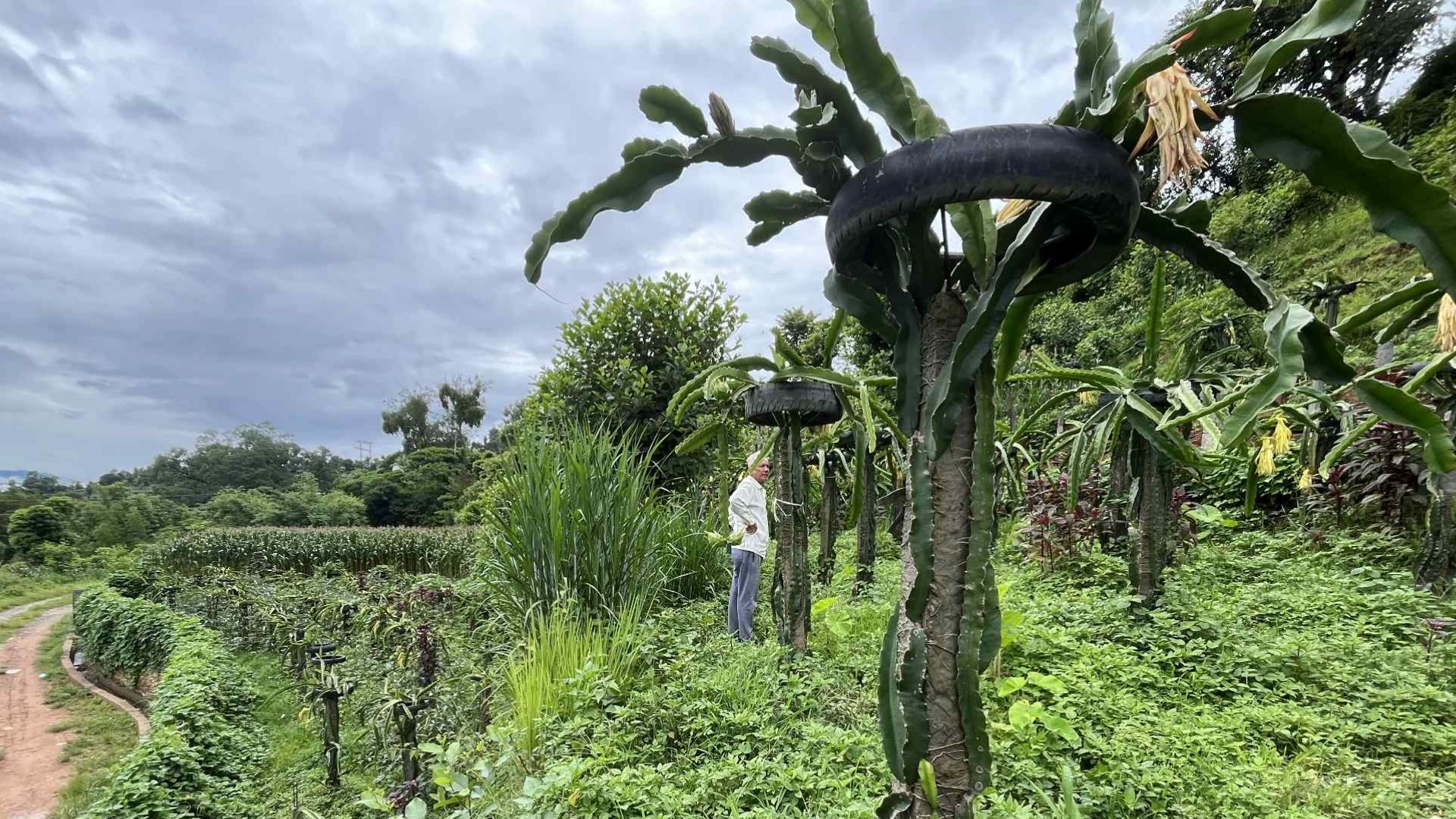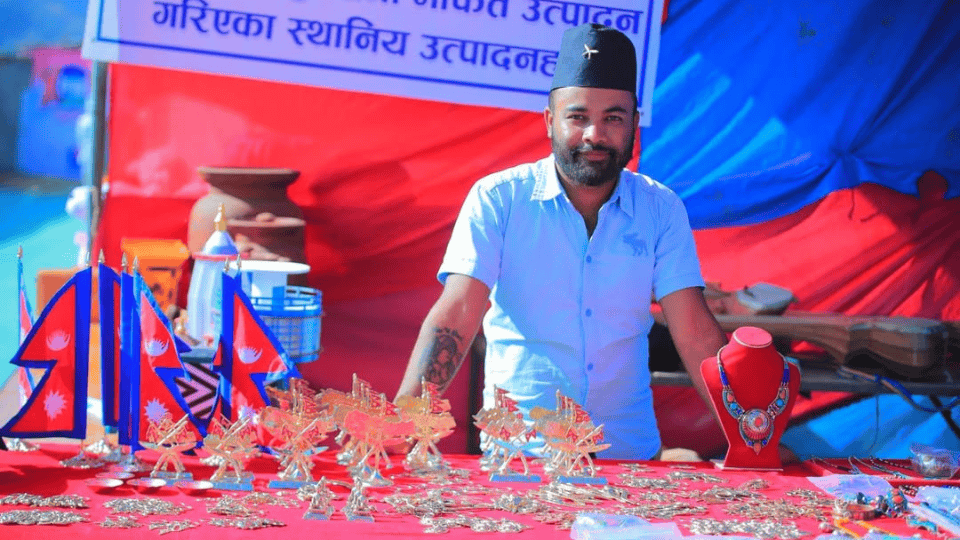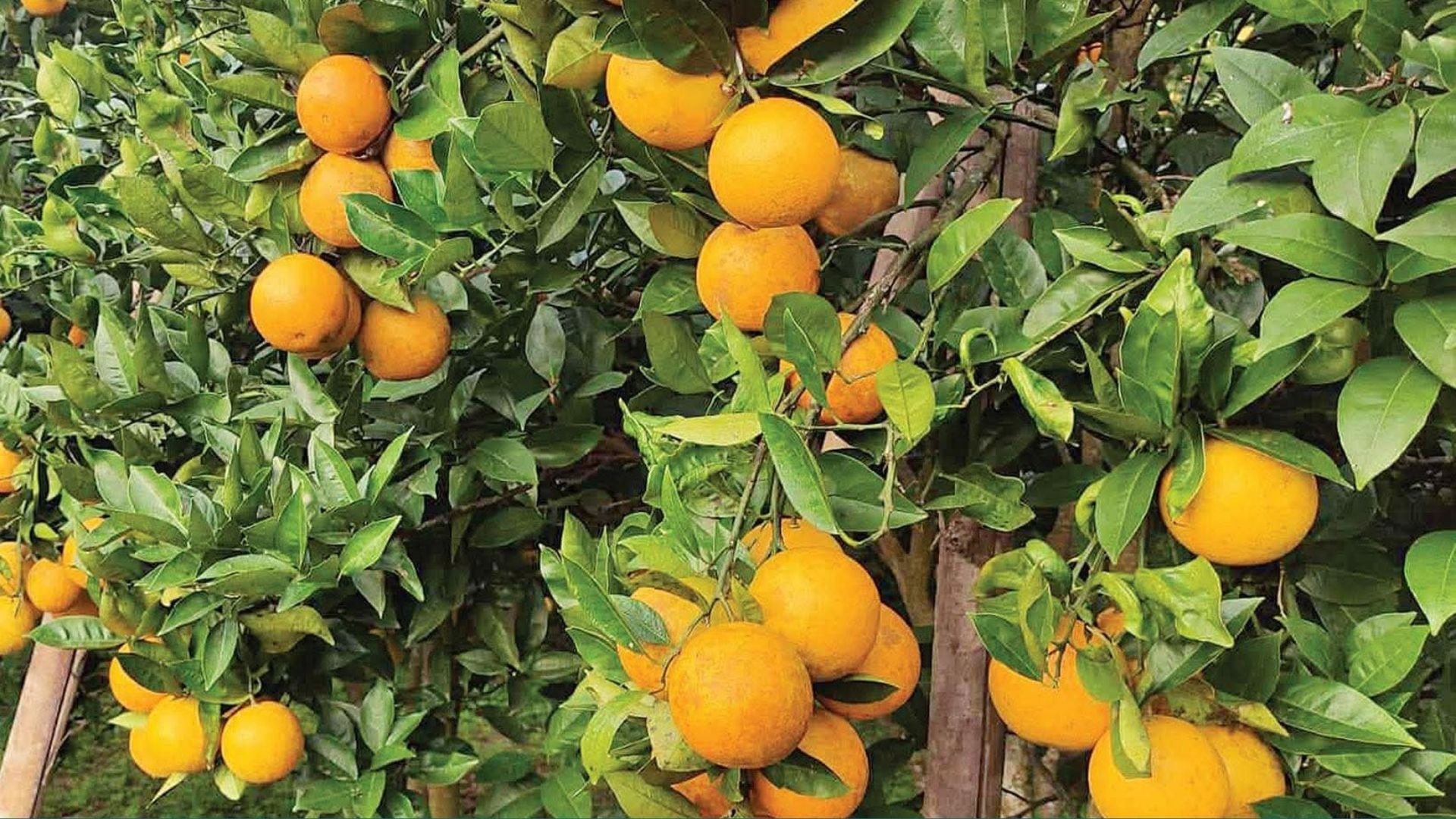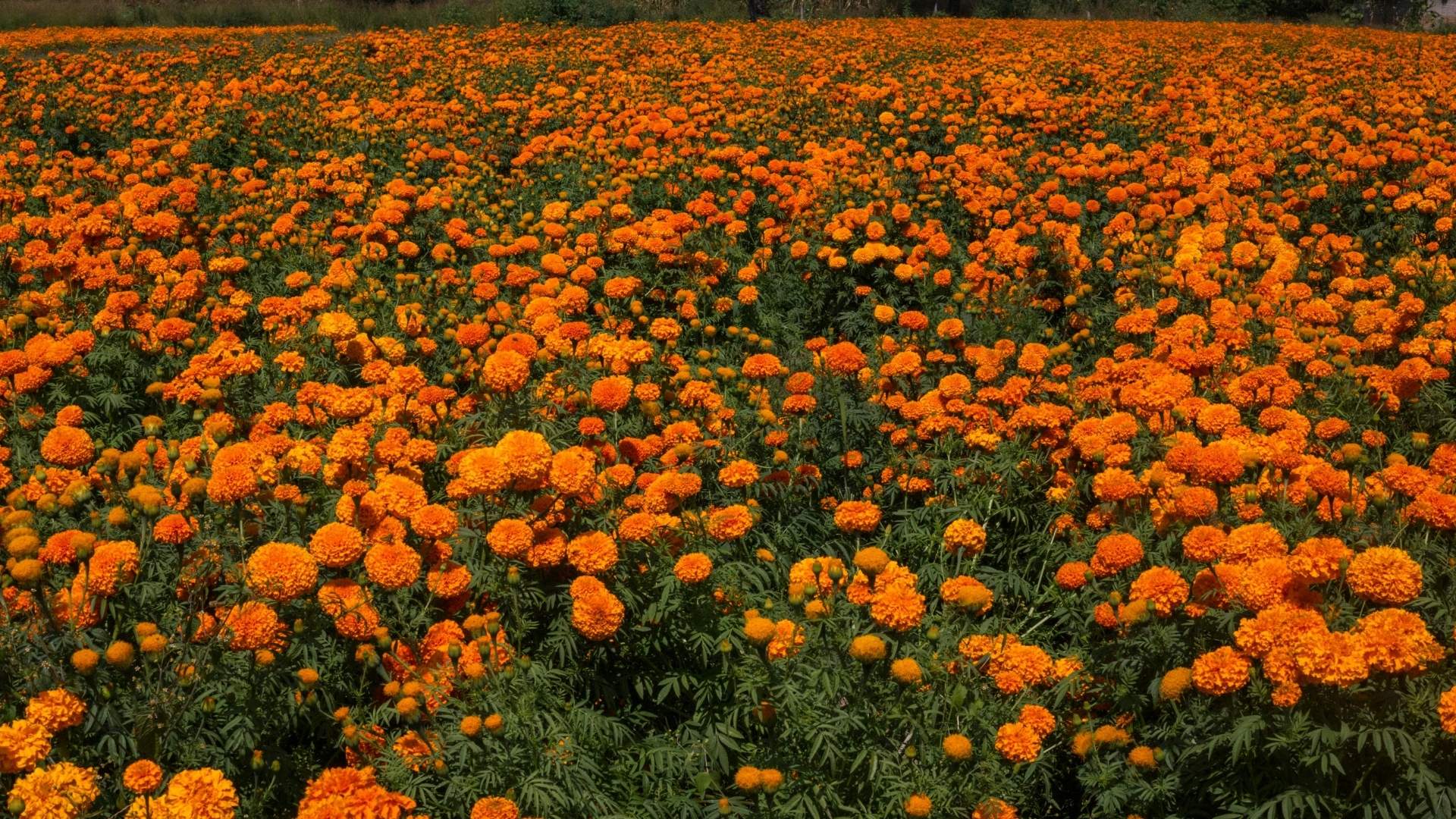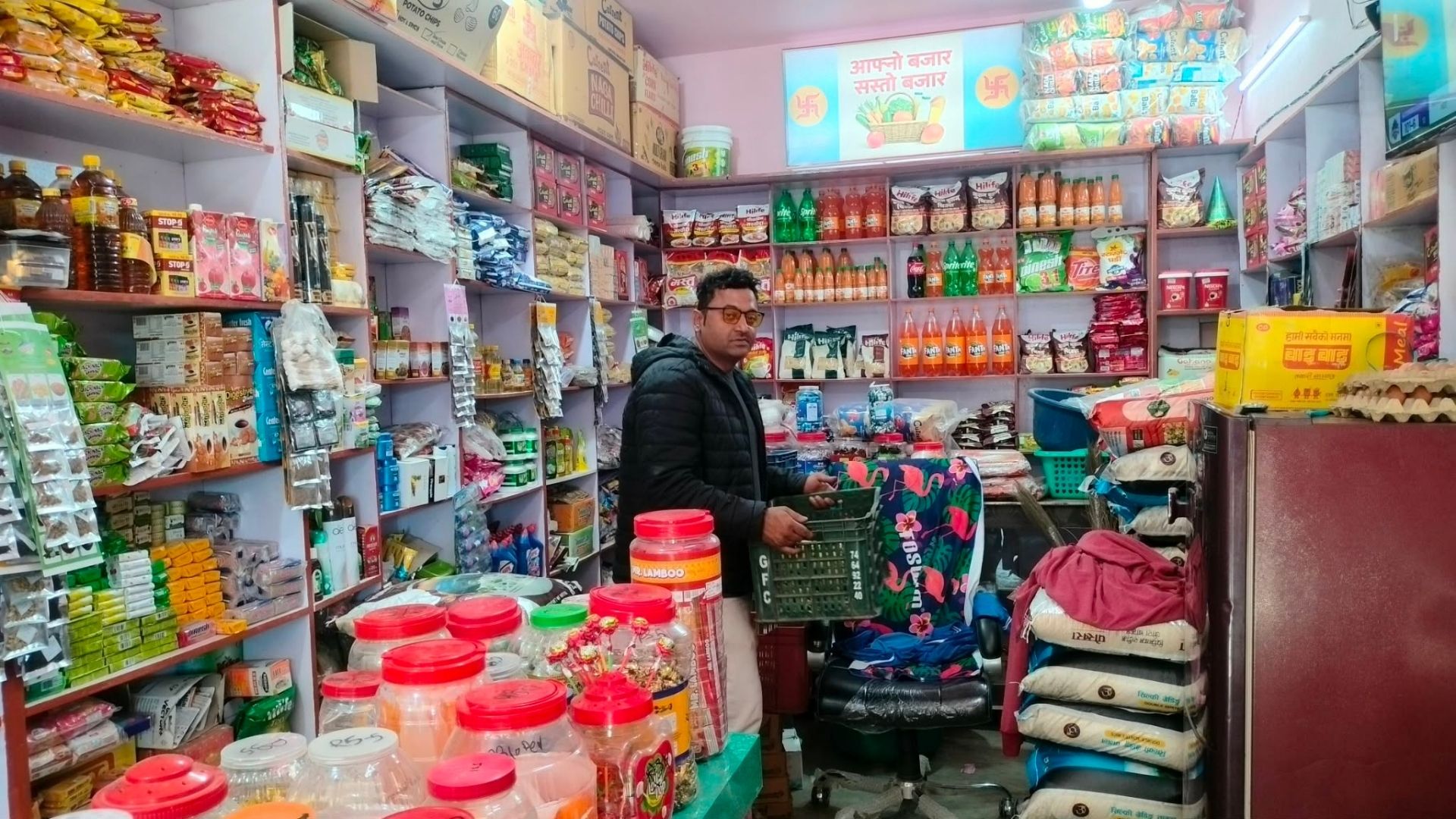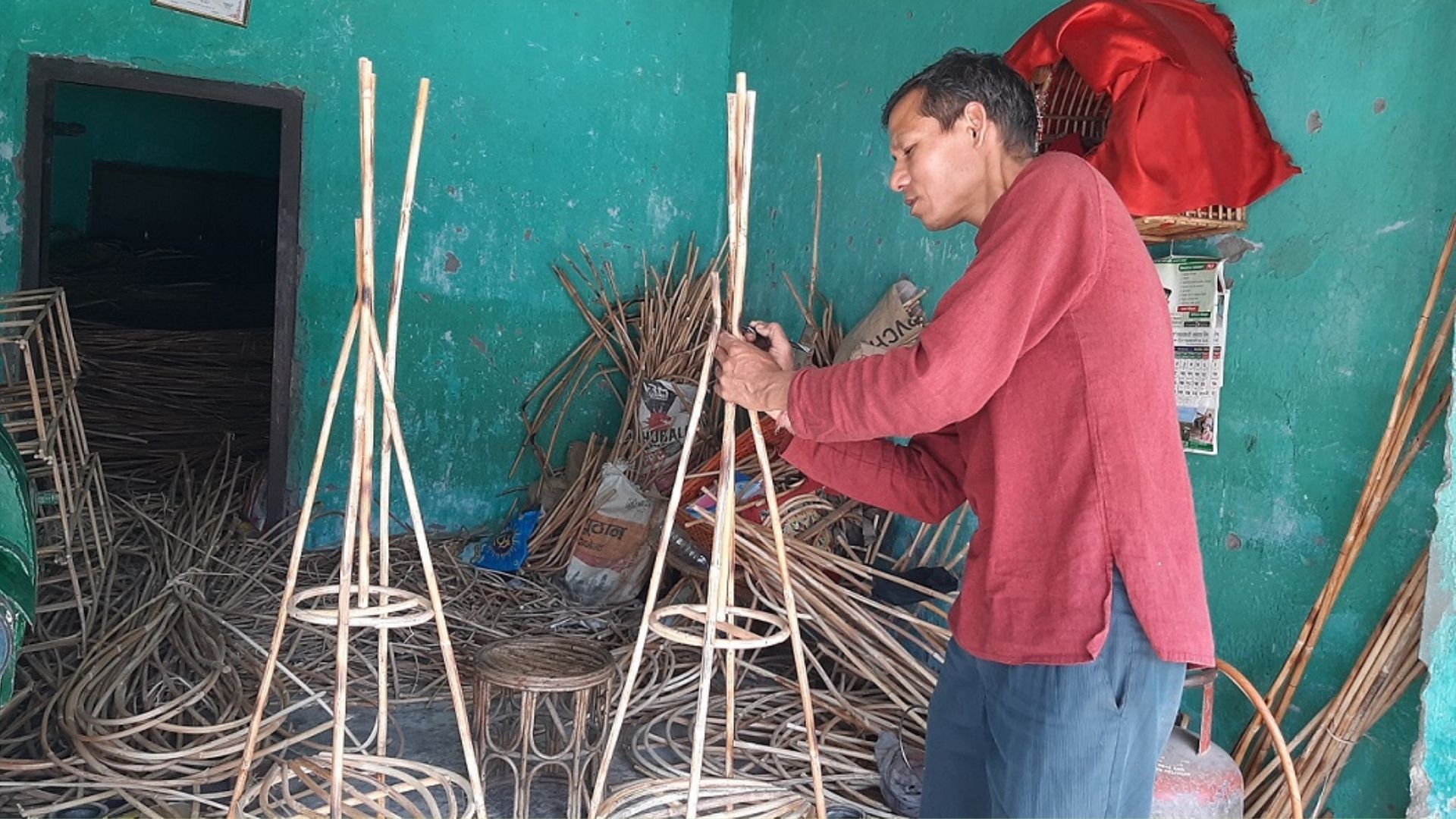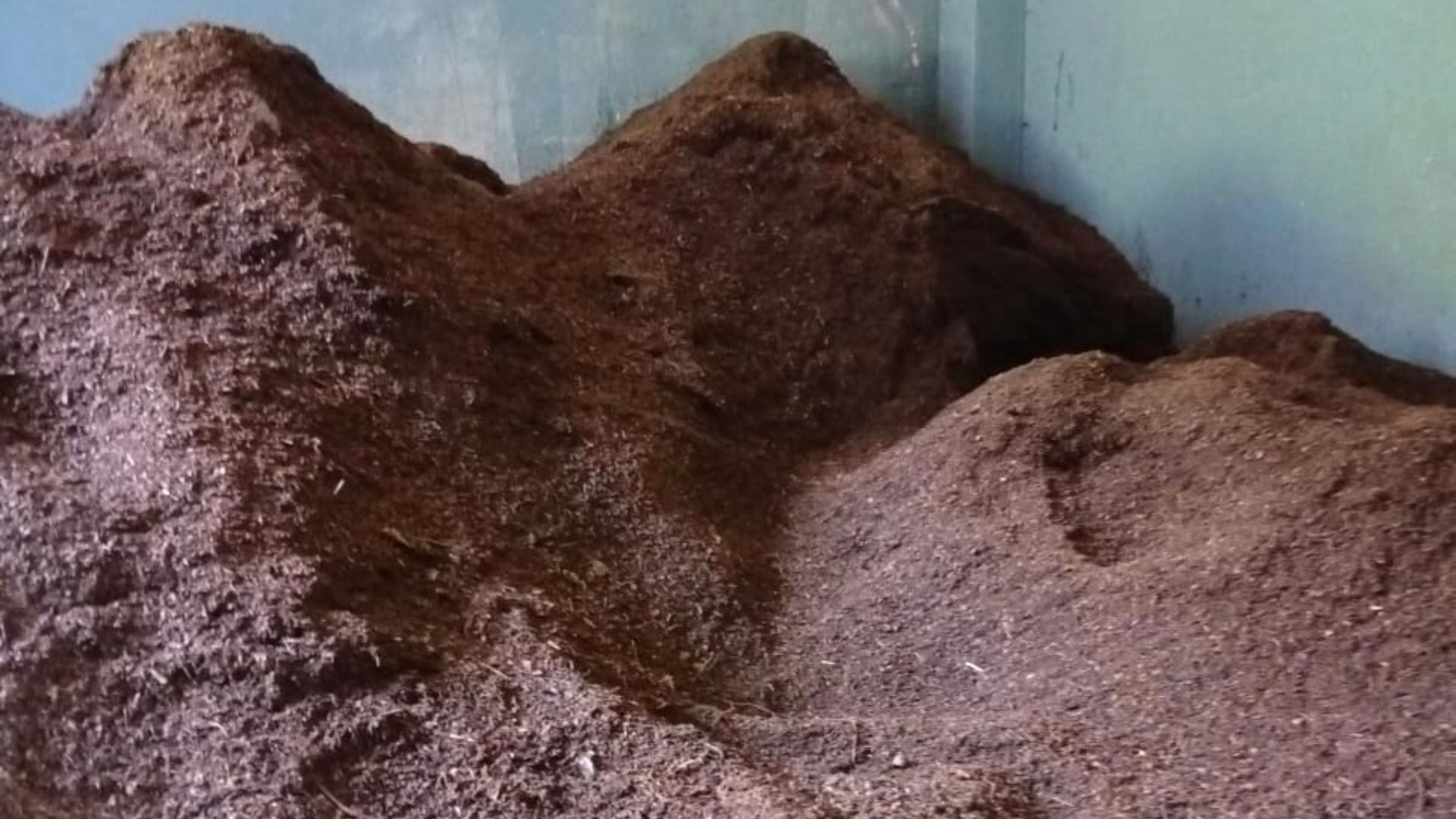Chautara, 18 August: Recently, farmers in Sindhupalchok have shown growing interest in dragon fruit cultivation, as the crop bears fruit twice a year and is relatively easy to cultivate. The ability to grow dragon fruit in dry areas, along with the possibility of intercropping with shorter plants such as various fruits, ginger, turmeric, garlic, onions, and vegetables, offers dual benefits, attracting many local farmers towards this farming practice.
Gyanendra Mainali, a farmer from Daduwa in Chautara Sangachokgadhi Municipality-14, has been engaged in dragon fruit farming for the past two years. Having planted dragon fruit on seven ropani (approximately 3.5 acres) of land, he has now begun to generate income as the plants have started bearing fruit.
Mainali sells the dragon fruit in the market twice a year. He reports selling the fruit at prices ranging from NPR 350 to NPR 400 per kilogram. With annual sales of about 1,000 kilograms, he states that the income from dragon fruit farming is better compared to traditional crops, which has increased his enthusiasm for this agricultural venture.
His effort to transform barren land into productive farmland is not just a personal success but also an exemplary agricultural revolution that the entire village can emulate. According to Mainali, after two years of hard work and continuous care for the soil, the plants have started to bear fruit. He adds, “This farming is not only commercially profitable but can also become a sustainable foundation for the future.”
Similarly, Sushil Shrestha from Pokhara, Sangachok, cultivates dragon fruit on about five ropani of land, with around 400 plants. Currently, both red and white varieties of dragon fruit are being harvested from all the plants. Traders come directly to his orchard to purchase the fruit. He has been earning income by selling fruit twice a year, from Jestha to Kartik (May to November).
The ease of cultivation, delicious and nutritious fruit, along with stable market prices, have increased farmers’ attraction to dragon fruit farming. Dragon fruit sells in the market for between NPR 650 and NPR 850 per kilogram. In Nepal, the first person to introduce dragon fruit farming was Jaganath Rai, who brought the plants from abroad.
Recently, the attraction of Sindhupalchok farmers towards dragon fruit cultivation has been increasing. Since a single planting can provide income for many years, the farming technology is easy, and market prices are favorable, farmers are shifting from traditional crops to commercial dragon fruit farming. This trend has also opened new possibilities for the expansion of commercial agriculture in Sindhupalchok.
According to agricultural experts, the climate of Sindhupalchok is suitable for dragon fruit cultivation. This crop can produce fruit for 15 to 20 years after planting, requires less irrigation and fertilizer, and has a high market value, making it a profitable option for farmers.


